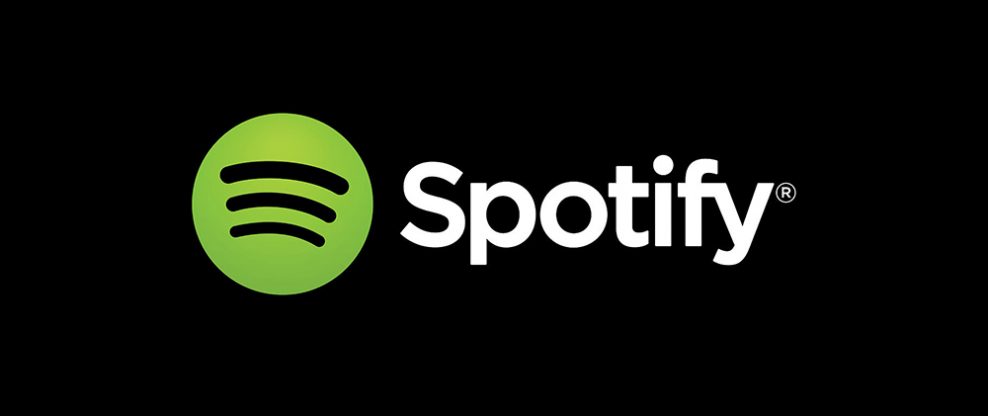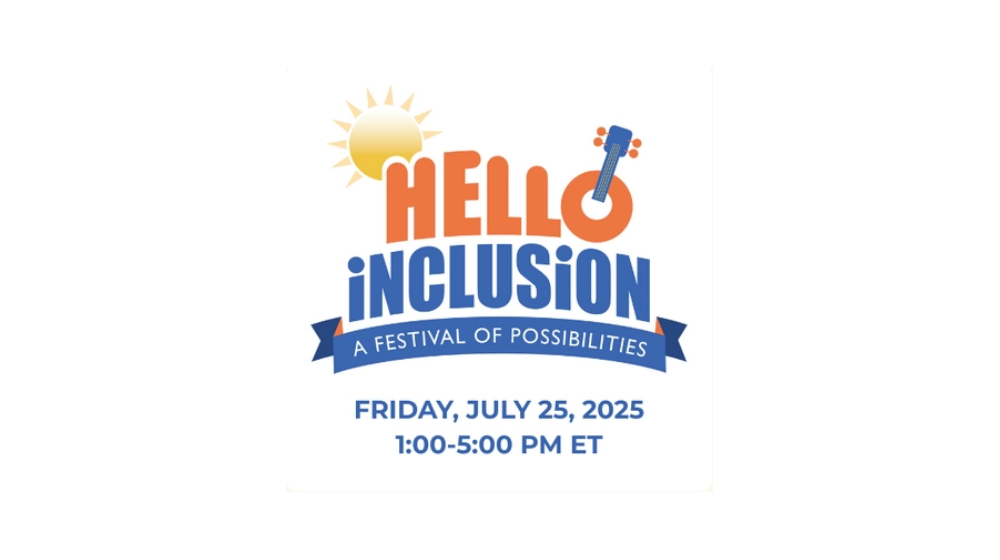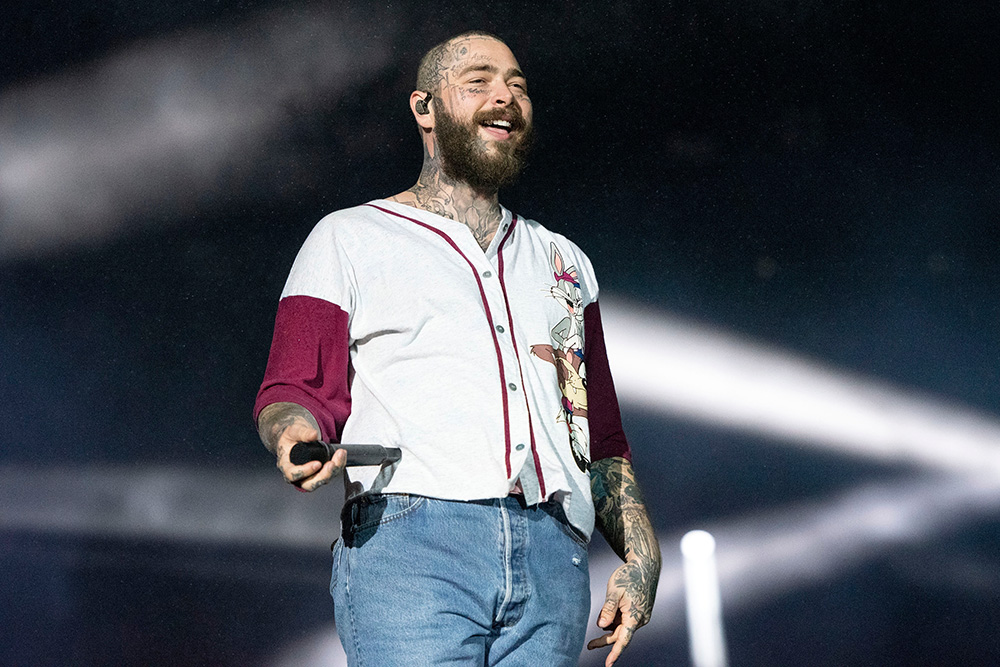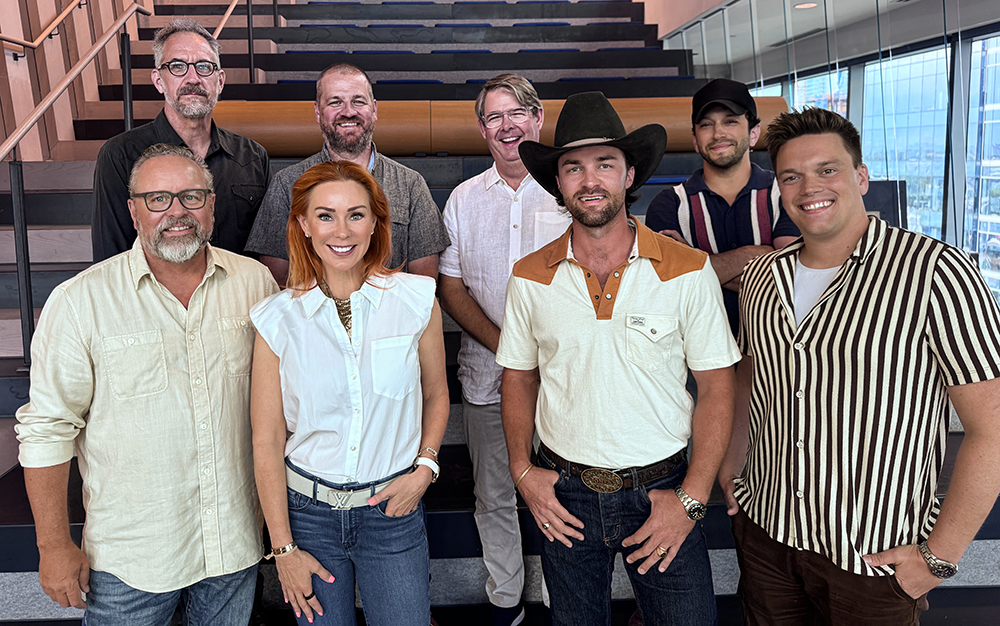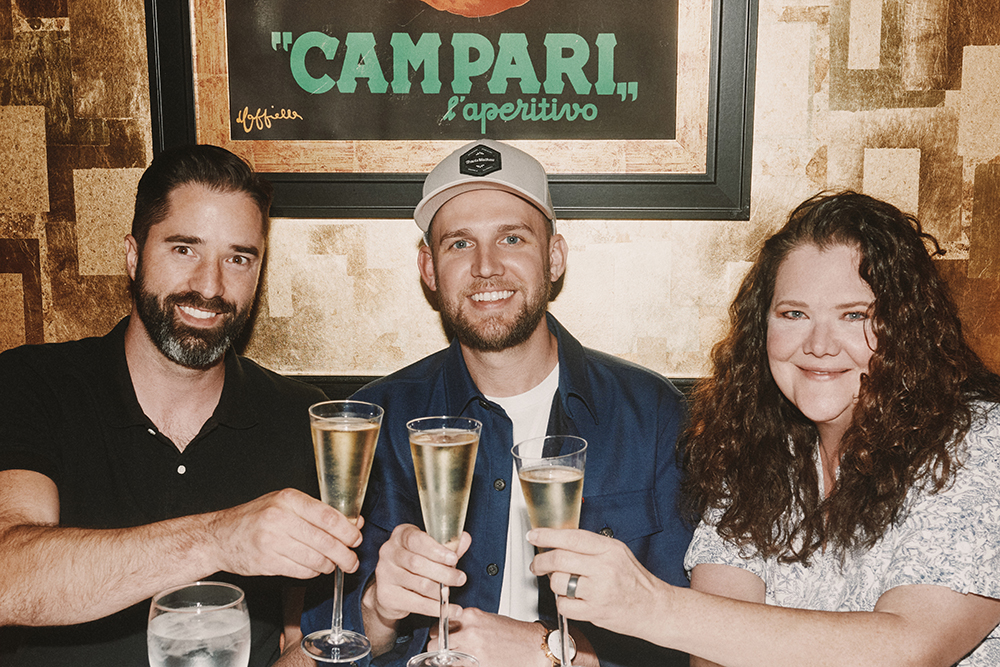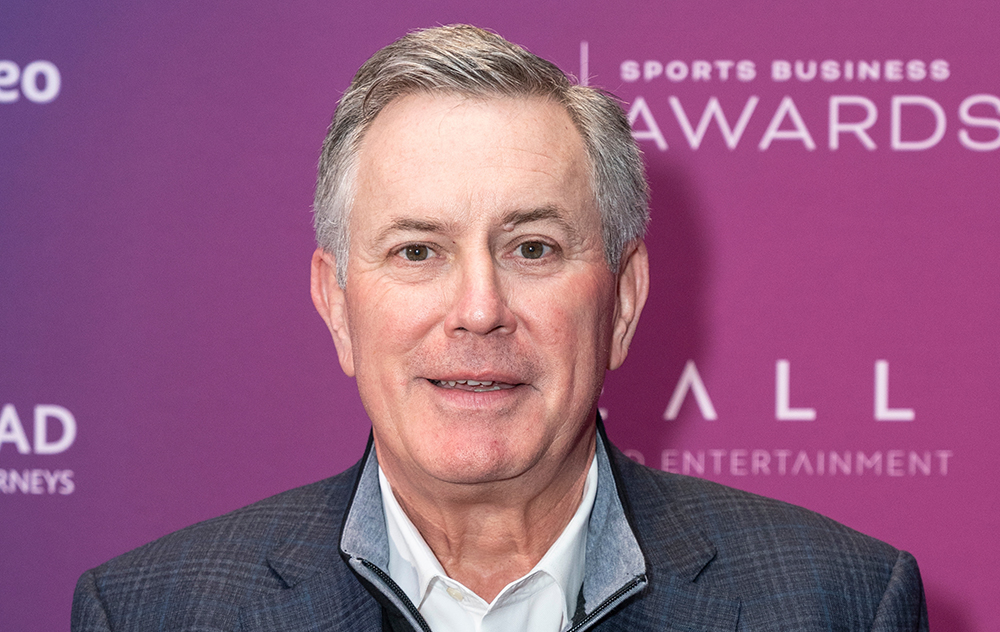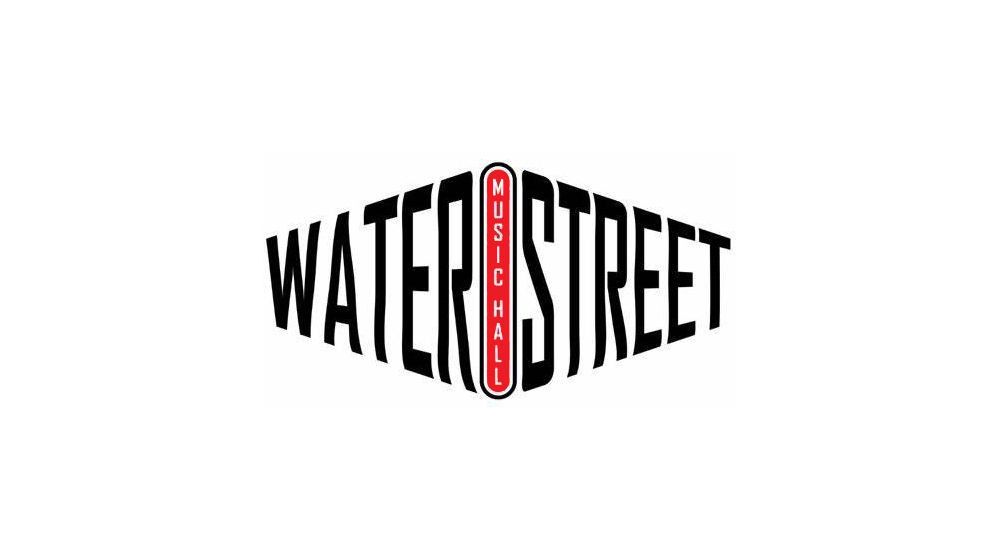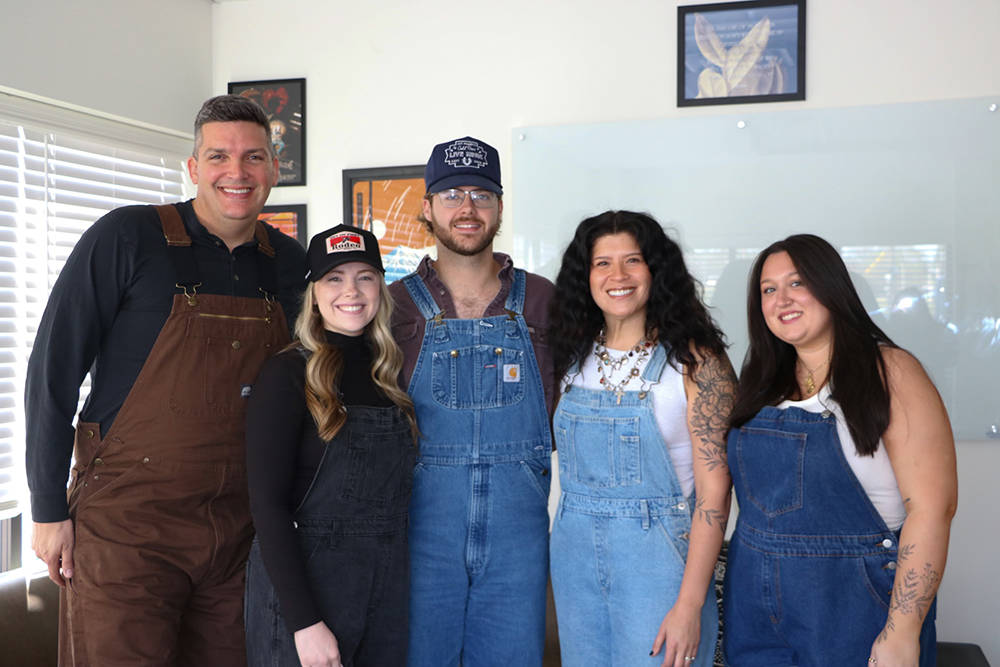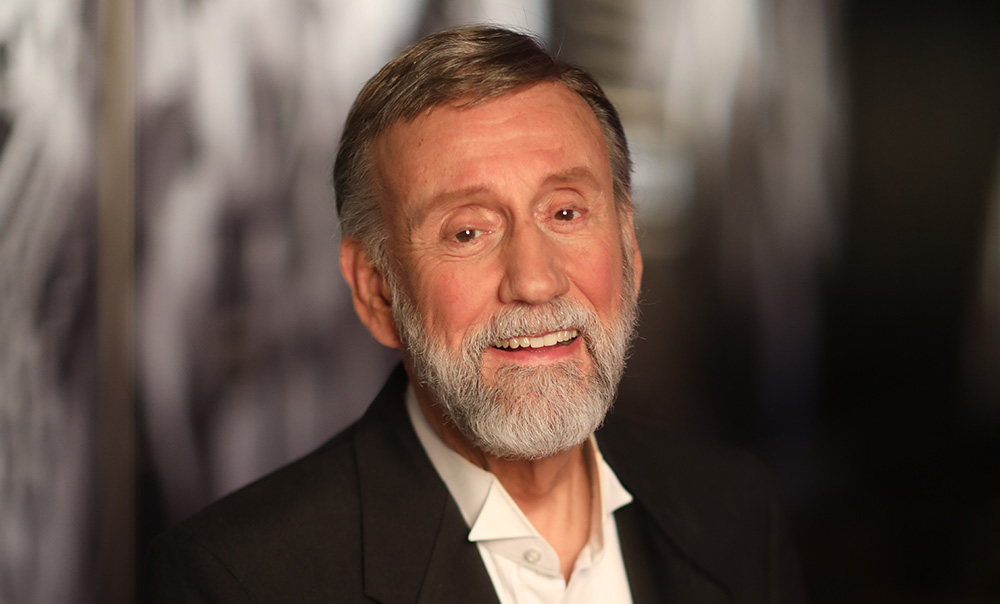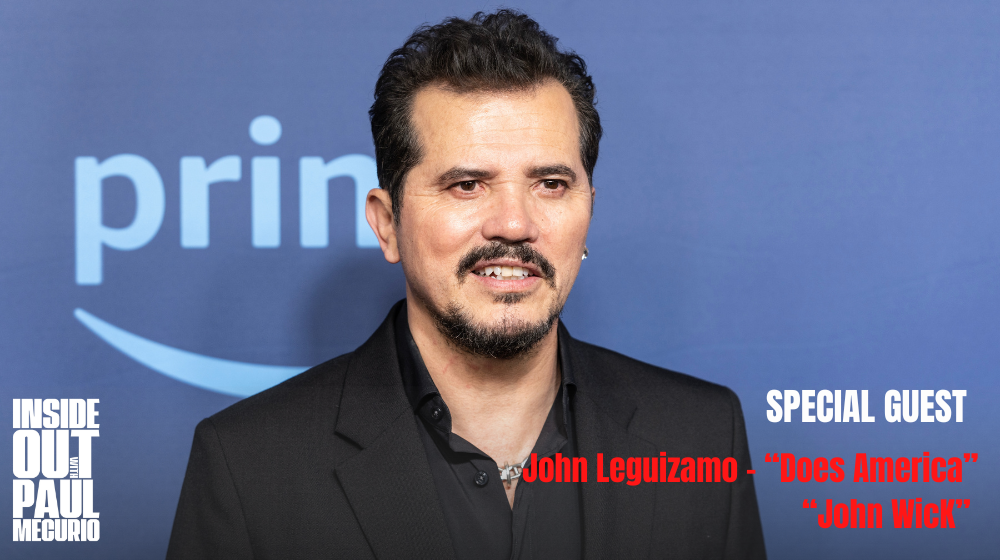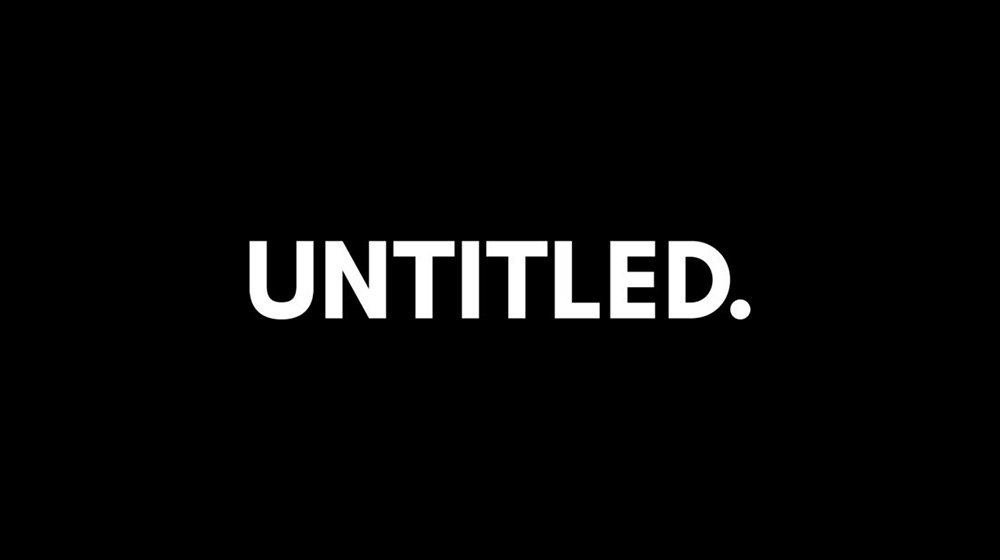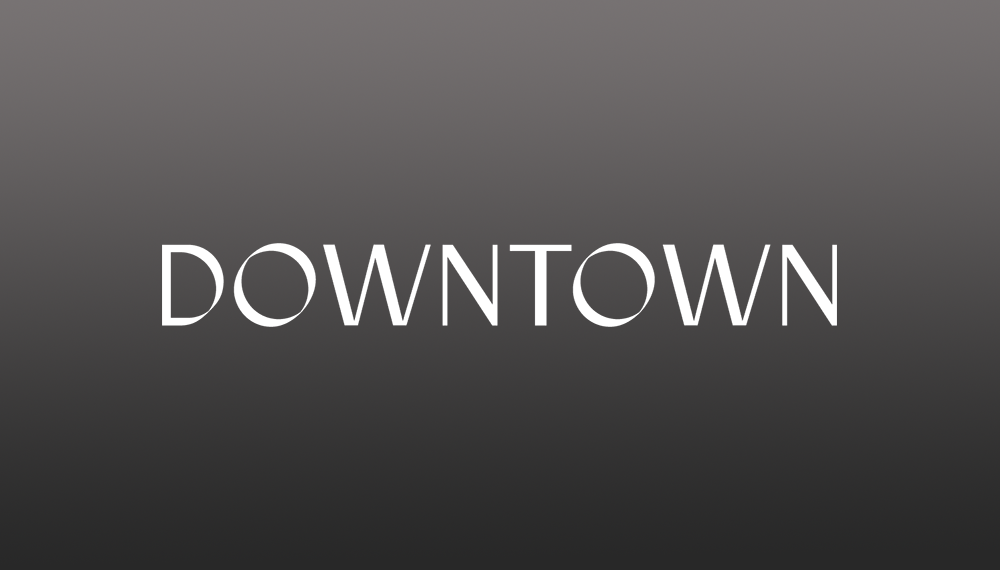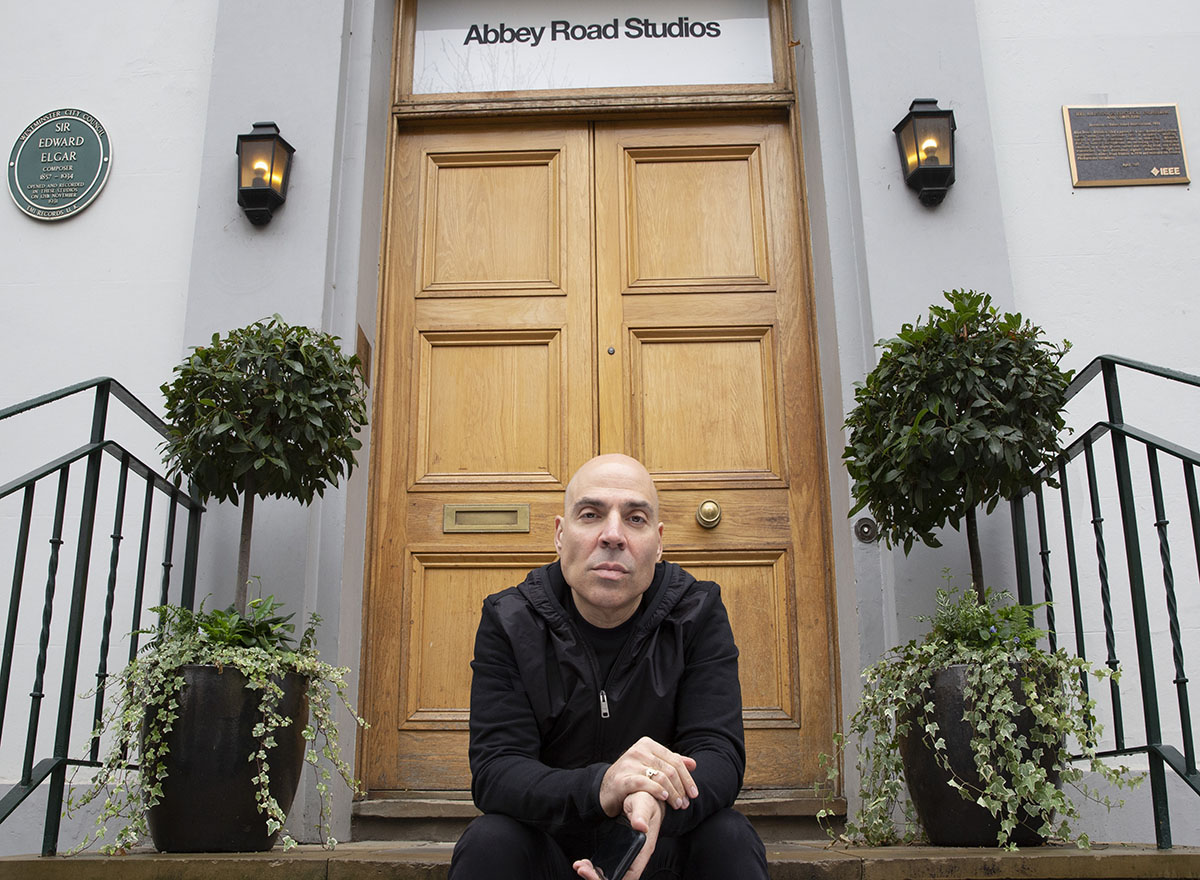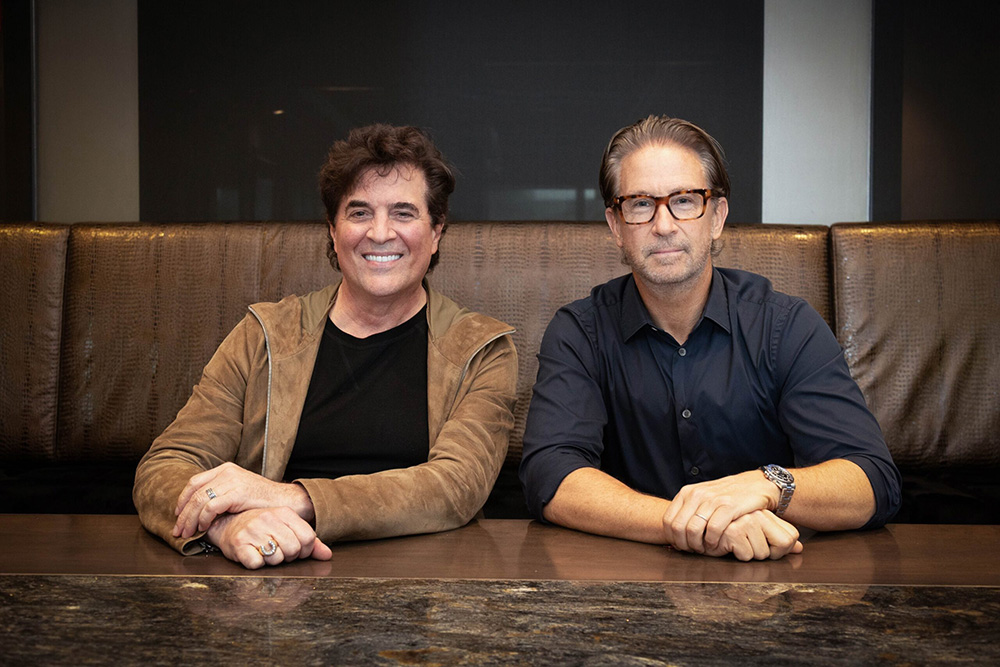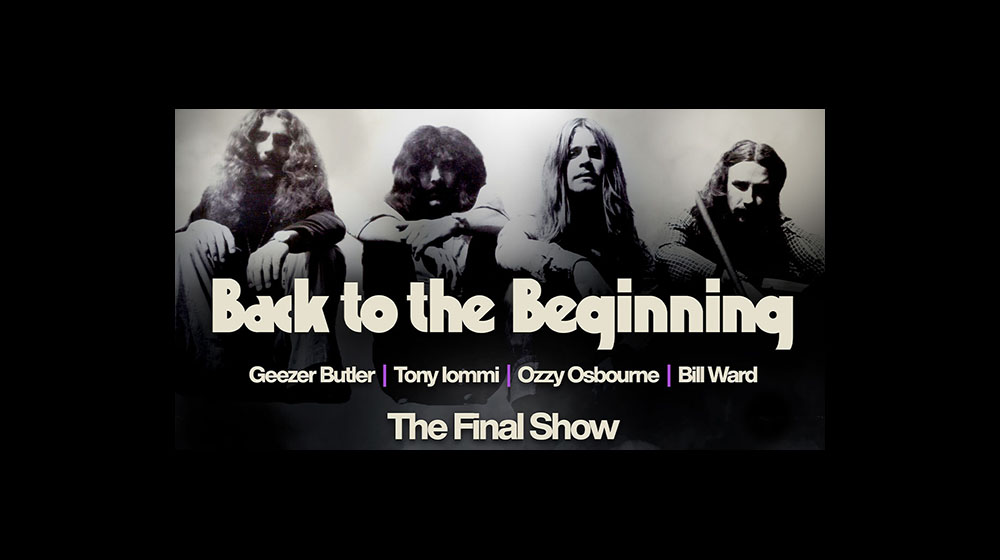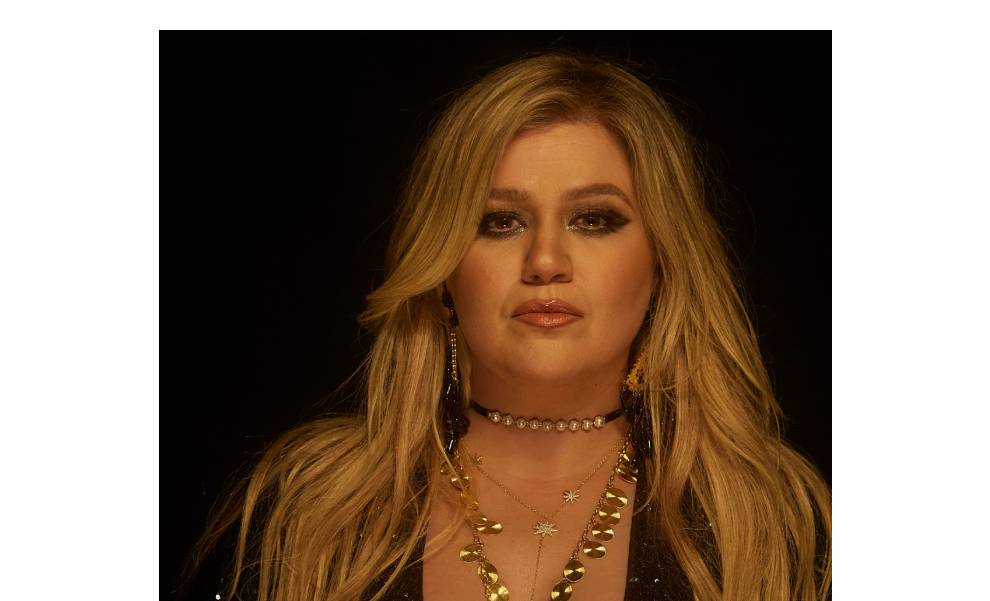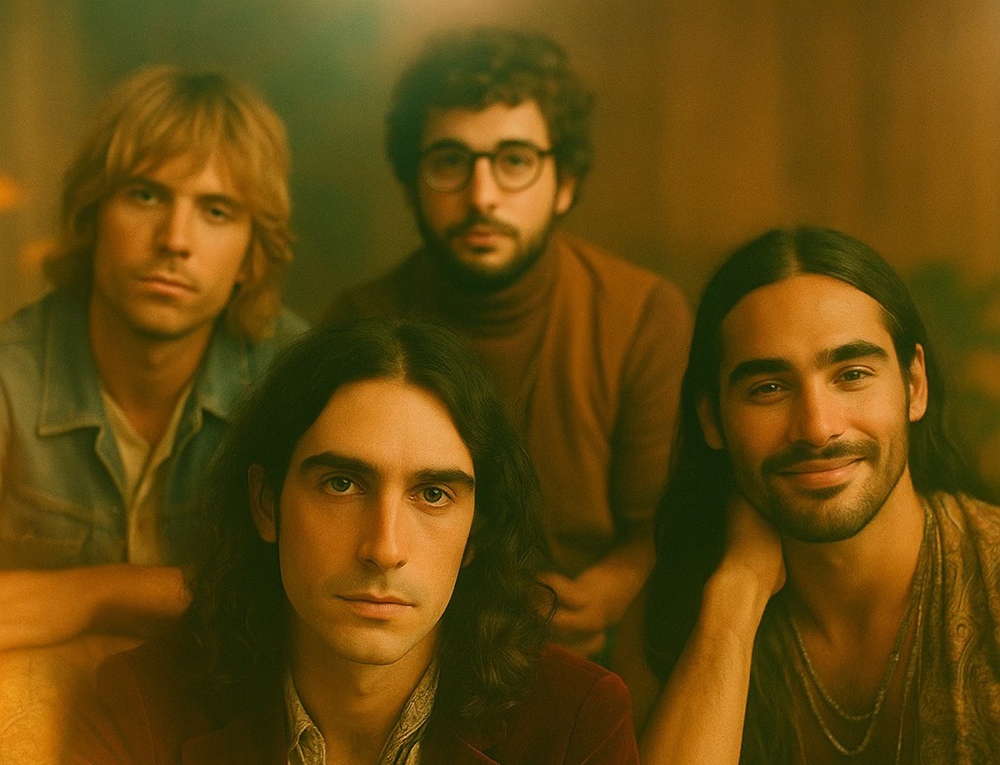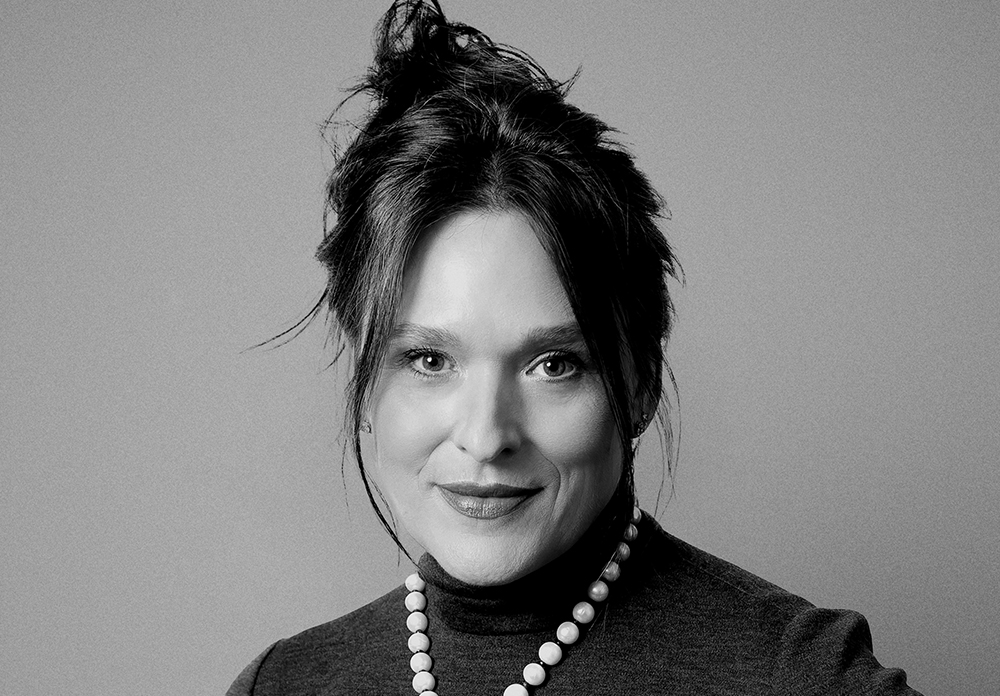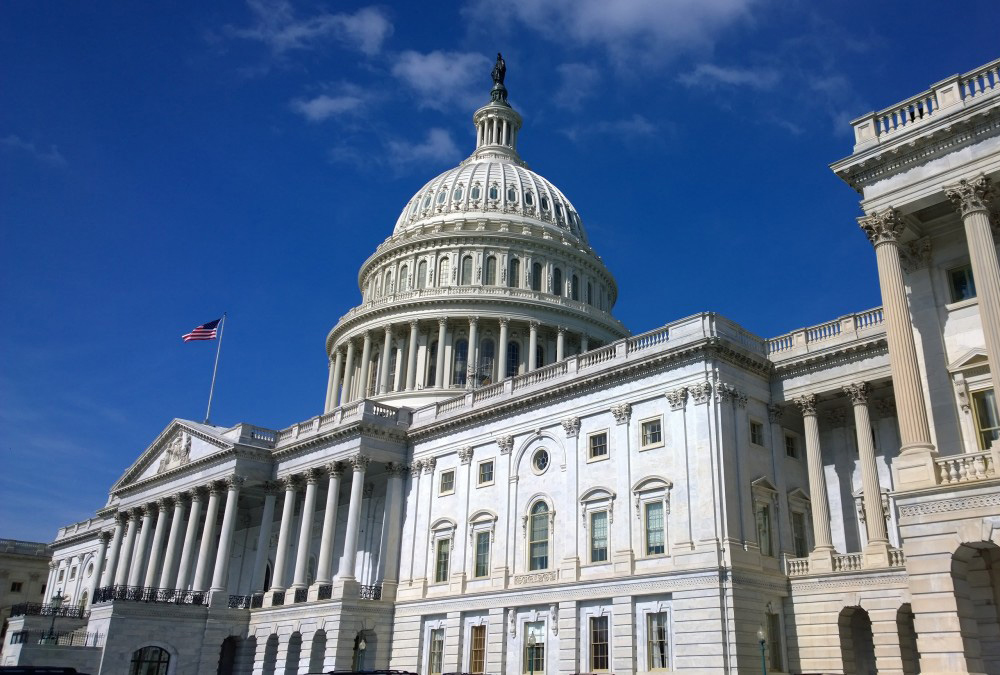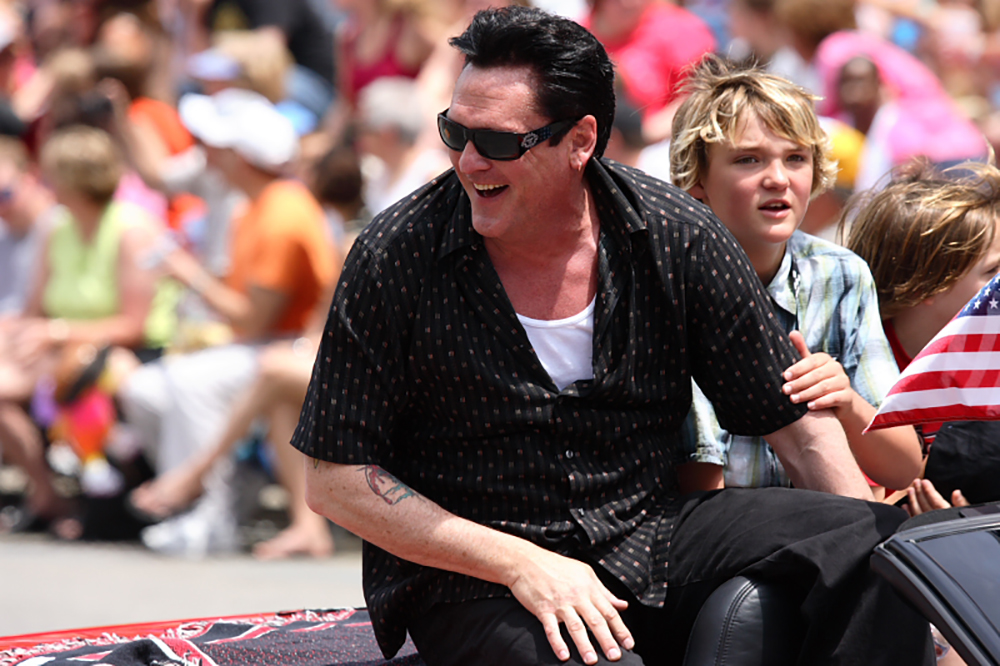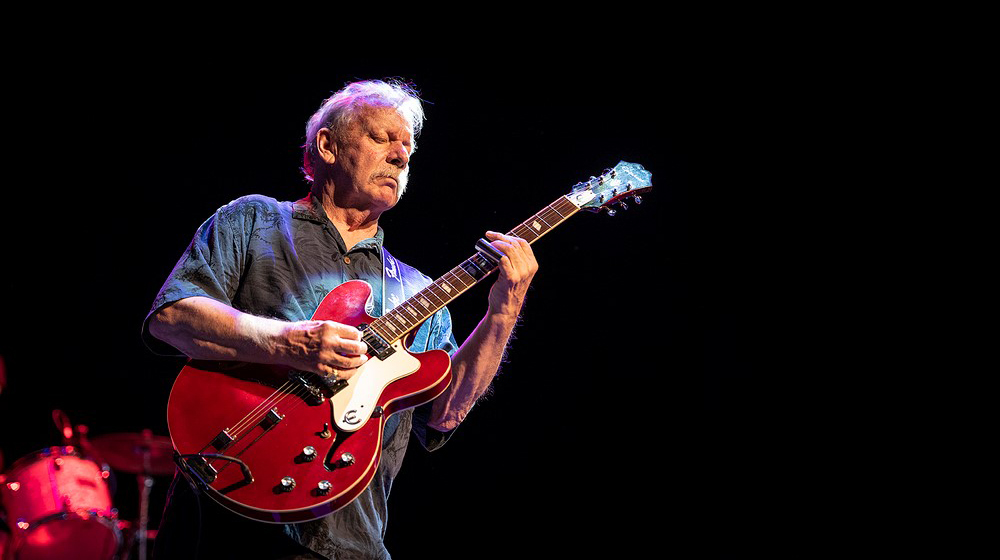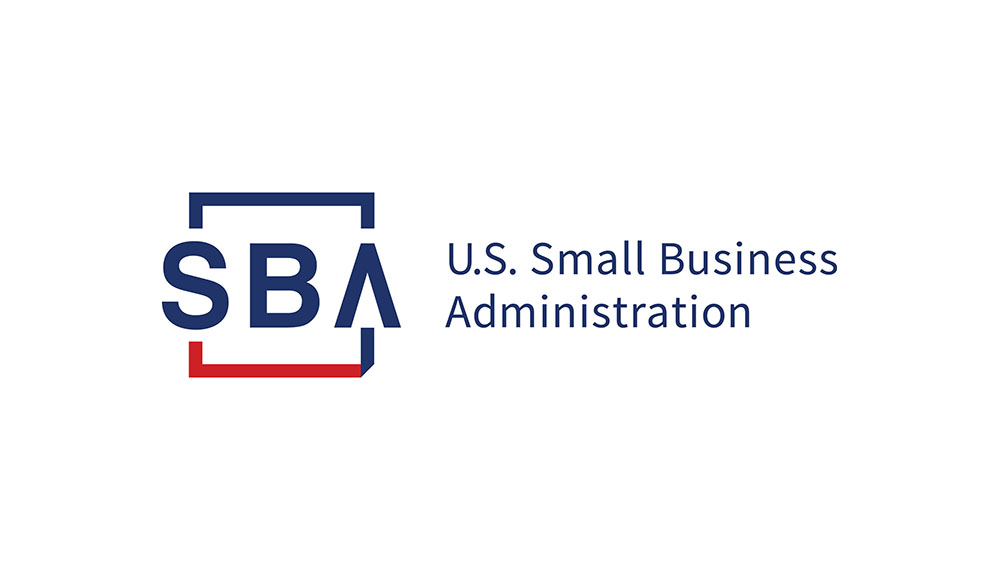NEW YORK (Hypebot) — Landing on an official curated Spotify playlist is, for many artists, a holy grail of sorts. To provide some insight into the choosing process, we hear from a Spotify editor about how they find the songs which eventually make the cut.
Guest post from Spotify for Artists
A Spotify editor explains how they discover songs to include in their curated lists.
In this new monthly series lifting the curtain on playlisting at Spotify, we interview our expert curators for a closer look at the machinations at work inside our editorial playlisting ecosystem.
Being added to a Spotify playlist remains the dream for most emerging artists, as it exposes their work to some of the most-clicked on playlists in the world. But for many musicians and their teams, the behind-the-scenes process still feels shrouded in mystery. While there’s no formula for scoring a coveted slot on Pollen or RapCaviar, there is rhyme and reason to how the massive team of editors curate tracks. We spoke with one Spotify staffer, who helps oversee R&B playlists such as the genre flagship Are & Be, The Newness, Soul Coffee, Soul Lounge, the Black Lives Matter playlist and more, to learn about their process and tips on how musicians can stand out when pitching unreleased music through Spotify for Artists.
Spotify for Artists: What strategies do you use to curate playlists?
The strategy is based on the playlist itself. Each has its own hypothesis, theme, or audience that we’re thinking about. If it’s one of the genre-specific playlists, like Are & Be, that’s the home for the current, biggest songs in that space. The Newness is new releases or developing artists. Chilled R&B, Soul Coffee, those playlists have a mix of current and some legacy and catalog artists. It really all depends on what the goal of the specific playlist is.
What are you listening for when you’re curating?
I’m listening for lyrics. I’m listening for melody. A lot depends on the playlist itself, and sometimes that’s the filter that I have. When I’m listening, [I’m like] Oh, this song would do good in this playlist or, This song could fit here for this moment. A lot of it is based on the audience. You have the specific genres, but then there’s a lot of cases where those lines are blurred. The instrumentation and the beat can determine an audience, so [we think about] where we believe the audience is for that particular song.
Does song length play a role in how you’re curating?
It depends on the playlist. Soul Coffee is more of a relaxing [vibe]. In our minds, that’s one of those where you would just get up in the morning and that’s what you throw on while you’re getting ready, eating breakfast, or reading a book on Sunday. I know that the people will just have it on, so that playlist has a longer time spent listening as opposed to the flagship, Are & Be, and The Newness. For The Newness, when people are listening to that or one where it’s developing artists and new releases, that’s more about discovery. People may not spend a lot of time listening to that playlist—it’s about skimming and seeing what’s out.
Can you walk me through how you use the submission tool to discover music?
Labels pitch to us every week. We’re able to get their submissions through there, but they also communicate with our Artist Label Partnership team. We’ll talk to them [about] what their plan is for their priorities.
There’s a ton of music—it’s countless. That’s pretty much the majority of Mondays and Tuesdays, listening to the pitches that come in for that week. It goes to our whole team. We listen to everything. The rest of the week is updating the playlists and finding the space for them, reviewing what songs are already in the playlist, looking at the performance, and things like that.
When it comes to tags in the submission form, what advice do you have?
People should be as specific as possible and fill out every single thing to make sure it goes to the right people. Different editors might have different filters to differentiate. I’m listening for if it’s a cool song first and foremost, but past my opinion of it, do I know if there’s a home for it? It’s about being able to find it and [seeing] where it can fit. I’ve seen entries where it would literally just be the artist name and their title—that’s how it gets lost in the abyss. We’re not omnipotent, so we don’t know what we don’t know.
Are there any rules about how many times an artist can be playlisted?
No. Every curator is different and has [their] own philosophy on what songs are in a playlist. There’s no concrete rule.
What else should artists and managers do to increase their chances of getting on a playlist?
They should educate themselves specifically on the technology of promoting themselves. Spotify offers artists a lot of great resources through Spotify for Artists. Honestly, playlisting is [supposed] to complement what they’re doing. We’re here to help develop the artist, develop the songs, and complement their efforts. We like to encourage artists to be more involved with Spotify for Artists. In there, you can see who else the audience is listening to. That’s a good way to collaborate. Playlisting is cool, but there’s also great stuff from Spotify that you can take advantage of.
-Khalila Douze

